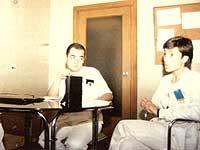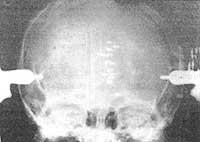Oncological Institute of Gipuzkoa. What has been and what is
1988/06/01 Irigarai, J.M. Iturria: Elhuyar aldizkaria
Introduction Introduction Introduction Introduction
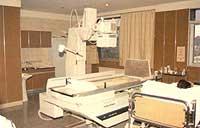
The Oncological Institute has been fighting cancer for more than forty years.
Sixty years ago, in 1927, the surgeon Aiestaran, president of the Medico-surgical Academy, was the year in which all conferences on cancer were given.
Among the doctors, as well as in many associations of Gipuzkoa, the idea of acting against cancer entered the interior.
However, until 1933 it was not possible to create the first hospital for San Sebastián and Euskadi, the Antiancestral Institute.
The first director was the surgeon Luis Aiestaran, who was accompanied by the prestigious doctors: Iparragirre, Irigarai, Anguera, Barriola, Llombar, Gastamintza, etc.
The patients received the most modern treatments, being the valid methods Radio, Radiotherapy and Surgery.
Years later, in 1951, the Provincial Savings Bank considered it its Own Social Work and since then it is called the Oncological Institute.
Treatments and treatments Treatments Treatments
The treatments performed here are of two types: some with healing intent and others in order to relieve pain and speed up the last moments of cancer. I would enter here here
Treatment of pain
specialty called, which is sometimes treated with medications and others with radiation therapy (cancer in bone or bone marrow).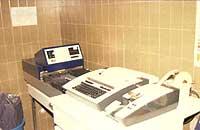
But the first treatment is the one we like and have more chances of curing cancer or living well for many years.
How and who orders these treatments?
In most cases, this hospital is logged in and any doctor can make a decision with a patient. The first is to know the place and scope of the disease. Knowing this, it will be easy to know who should start with the protocol, which is the treatment to give and your chance to cure it.
And in that will be our greatest doubt. In many cases, surgery should begin the eradication of cancer, after which radiation therapy or chemotherapy should be given.
On other occasions, after biopsy and knowing the type of cancer, we will begin with radiation therapy and only with it is cured.
If the tumors are large, we have to hold a meeting between doctors of three specialties and choose where to start. In these cases, most of the time we give them first the chemotherapy and once reduced there is another treatment.
What does this mean? That there is currently not only one treatment for most patients. For this reason, today the multidisciplinary treatment is the one that is applied in most cancers and, if not performed, it cannot be cured, but sporadically. For this reason, the Onkologikoa Monographic Hospitals are the best to fight cancer today.
This, if, as we said before in a hospital, specialists meet and put on their own devices, means that we can do many things and that at least one in two can be cured.
Radiation therapy service
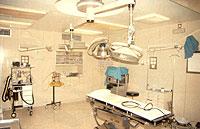
Below are the aspects that are made in this service:
- Some patients arrive directly from other hospitals. Some of them after being intervened in a surgery service and sometimes diagnosed for their special treatment. Sometimes the first treatment is radiation therapy, but most of the time it is the second or third. Surgery and Chemotherapy are often the first.
- Once we have approached, we need to know what kind of irradiation you have to give. There are three types: external radiation therapy, radiation therapy to the area of tumors or curieterapia on them, and tactile radiation therapy, to treat and heal skin tumors. They cure almost 100%.
The tele-radiotherapy or the one given from outside is two classes: one with the machine called Betatroi and the other with the Cobalt machine.
When the tumor is unique its location will indicate what is best for each patient. Radiation therapy is also sometimes given in the midst of chemotherapy. Then, once radiation therapy is finished, it is reinstated into the chemotherapy service.
This means that we rarely manage a single treatment and that most of the time cancer treatment should be done to everyone to achieve the best consequences.

Gai honi buruzko eduki gehiago
Elhuyarrek garatutako teknologia




